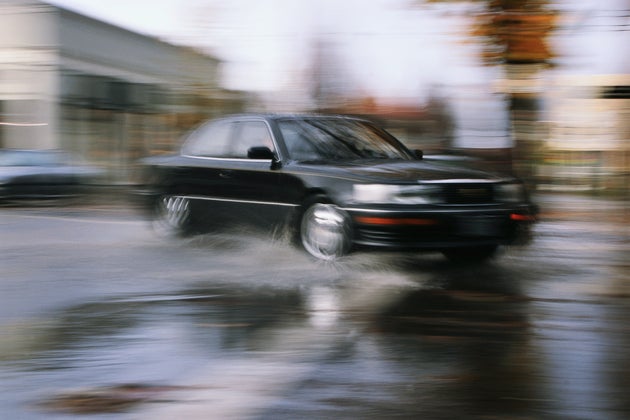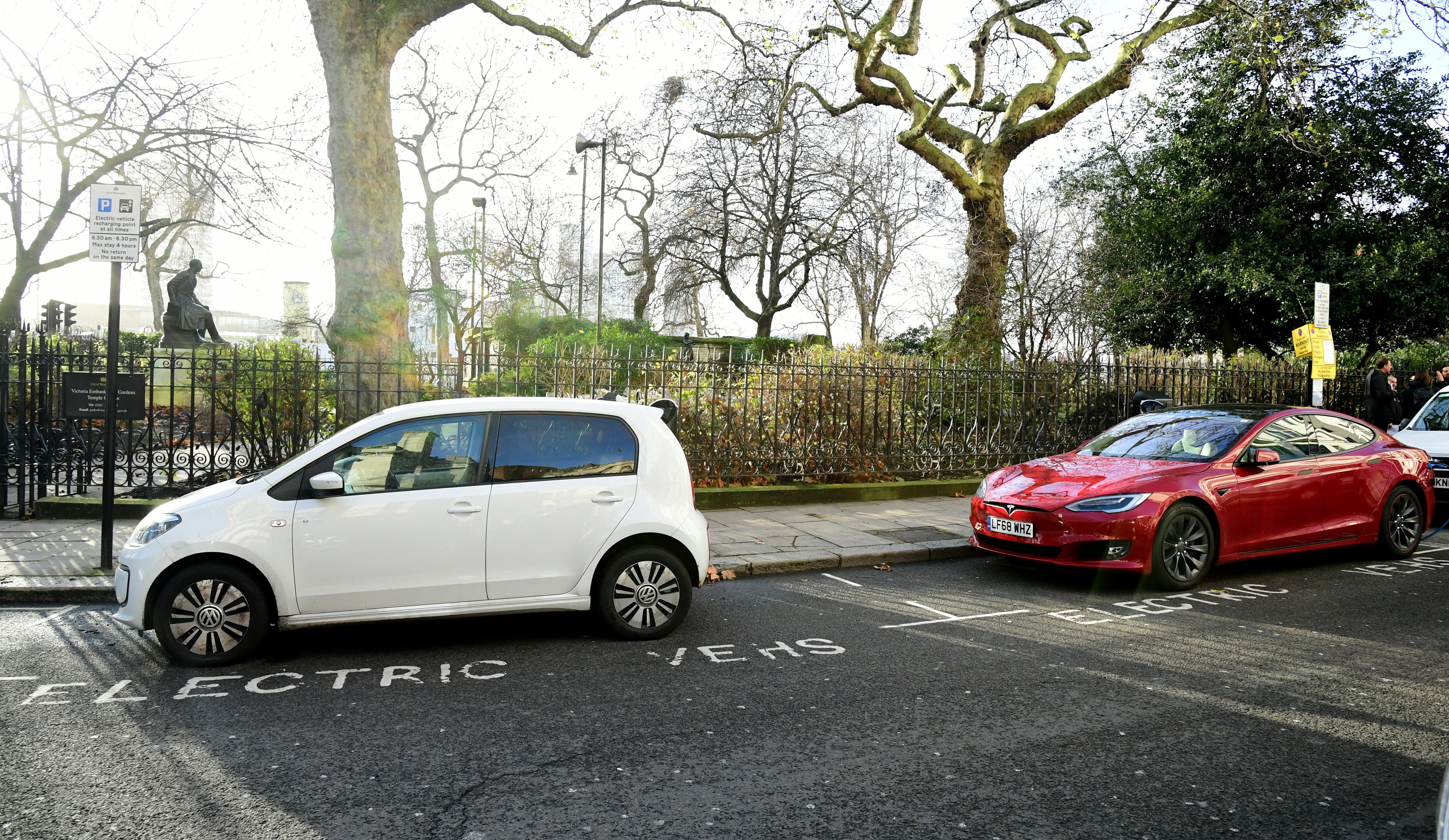 Hydroplaning is a worst-case driving scenario. Ideally, you want to avoid it from happening in the first place.
Hydroplaning is a worst-case driving scenario. Ideally, you want to avoid it from happening in the first place. On rainy days, hydroplaning —when you drive over enough water that your car’s tires lose traction with the road, and you lose the power to steer, brake and accelerate — is every driver’s worst fear.
“It’s like being a boat. Your tires are completely not in contact with the asphalt,” explained Mike Thomas, a driving instructor for 27 years and co-founder of AllGood Driving School in Northern California. “You’re at the mercy of whatever position your car is going to be in when your tires hit the pavement again. It’s very scary.”
No driver wants to be in this position. But if the worst comes to pass and one of your tires — or all of them! — is hydroplaning, there’s one thing you can do to not make things worse.
The biggest mistake is panicking and slamming the brakes.
When your car is skidding out of your control, it’s normal to feel afraid. Just remember to stay calm. Keep a firm grip on your steering wheel and slowly take your foot off of the accelerator without braking until your tires regain traction.
The big mistake is a sudden movement like jerking your wheel or slamming the brakes.
In a video demonstration, Ryan Pszczolkowski, tire program manager for Consumer Reports, walks through why you do not want to make a sudden hard turn:
“As we get back onto dry asphalt, you have your wheels turned. Now all of a sudden, we have grip and the car lurches to the left, which is why you don’t want to turn,” Pszczolkowski explains to a reporter, as they drive in a hydroplaning car.
The goal is to get traction back underneath your tires as soon as possible. That means not taking your hands off the wheel and staying alert.
If one of your rear tires starts hydroplaning and slides your car to the right, turn into the skid and turn right to try to reestablish traction, said Steve Frank, co-owner of Pinellas Driving School in Florida.
“You’re basically stopping the car from spinning around,” he said.
Braking hard is not only useless when hydroplaning ― it may cause your brakes to lock up, which will not be helpful when you do regain control over your tires.
“If you lock up your brakes, and you’re going a little bit sideways and then you hit the pavement again … you could flip over,” Thomas said.
There are a few steps you should take to reduce hydroplaning.
If your car is hydroplaning, there is little you can do until your tires re-establish traction, which is why experts say it’s best to avoid ever being in that position. Here’s what you should be doing to lower your odds of hydroplaning:
Monitor your tire pressure.
Properly inflated tires with good tread depth are the “number-one way” to avoid hydroplaning, Frank said.
It’s harder for water to get through the grooves of a bald, under-inflated tire. So don’t ignore any warnings from your tire pressure monitoring system, Frank said.
Be extra careful in the beginning of storms.
You have a greater chance of hydroplaning in the first minutes of a storm than in the thick of it, especially if it has not rained in some time.
“It’s more slippery after it first starts raining than after it’s been raining for a while,” Frank said, because all of the oil and grease that’s been left on the road from cars will float on top of water and make the surface especially slick.
Don’t drive quickly in storms ― and don’t drive at all in flood conditions.
Driving slowly in hazardous conditions like storms gives you more “time to not have to react quickly to things” by braking or turning hard, Frank said.
And avoid driving over standing water or puddles if you can help it, because underneath that little puddle might be a “gigantic pothole.”
Some storms may mean it’s better to not drive at all. A road flooded with running water can be especially dangerous.
“People often underestimate the power of rushing water,” the National Highway Traffic Safety Administration explains on its website. “It only takes 12 inches of rushing water to carry away most cars, and just two feet of rushing water can carry away most trucks and SUVs.”
No one wants to experience hydroplaning, but if you do, you won’t have time to frantically look up an answer on what to do. Staying calm is the best first step.






